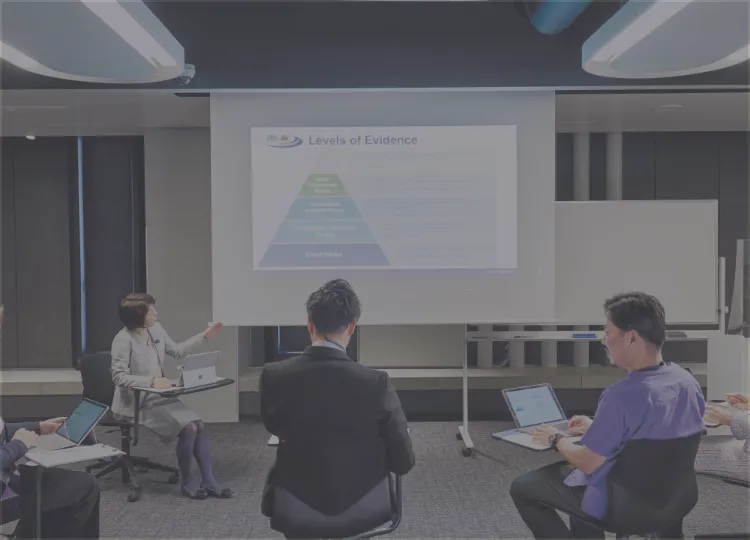
Research activities
Close-up
A journey exploring the gap between nature and humans

Faculty of Architecture & Arts
Kohei Maeda Lecturer
Research Theme: Contemporary Art Installation performance
About the relationship and distance between nature and people
I am interested in the relationship and distance between nature and people, and I work as an artist in the field of contemporary art. I was born in a rural town in Wakayama, surrounded by abundant nature. I believe that the time I spent by the sea and in the mountains from my childhood was the formative experience that sparked my interest in the relationship between nature and people.
During my high school years, I was active in canoeing and went on expeditions to many oceans, rivers, lakes and dams. I was lucky enough to go to Russia for the world championships, and it was my first time abroad and I was so moved. I was filming the scenery and people with the video camera I brought with me that I almost forgot about the championships.
Looking back, I think that was when I first began to think about wanting to record and express my experiences. After that, I entered university to be exposed to various artistic expressions, and discovered contemporary art while studying abroad in France. Since graduating, I have been doing fieldwork and presenting works such as photography, video, performance, and installation. Even now, I am still exploring how I can express the experiences I have gained by traveling and staying in these places.
In recent years, I have frequently visited rivers and zoos for research. While these two places may seem unrelated, they were perfect for considering the relationship and distance between nature and humans. During the COVID-19 pandemic, I performed a performance called "living," in which I traveled down a river from Kyoto to Osaka on a homemade "raft," a spiritual relocation. It took four days to float from the Katsura River in Kyoto to the Kizu River in Kita-Kagaya, where I had relocated. In another performance, "Tokyo Upstream," I traveled upstream from the mouth of the Ichikawa River in Chiba Prefecture to the pond (source) in Inokashira Park. I actually transported seawater (salt) in a rowboat over three days, tracing the history of the Edo period's Salt Road (when salt was produced in Ichikawa, Chiba Prefecture, and transported by boat to Edo). Recently, I have been steadily accessing rivers, including as the leader of the "Takase River Monitoring Club," which observes the ecosystem of Kyoto's man-made rivers. I feel that by entering and observing rivers, I can learn about the human presence and activities that lurk there.
Regarding "zoos," I would like to introduce the "Zoo Future Lab Artist Research Project: Border Island," an exhibition held at Adventure World in Shirahama, Wakayama Prefecture in 2024. This was part of a collaborative project with the company that runs Adventure World, and it was a great experience for me as an artist to think about how I can create works in connection with companies and society.
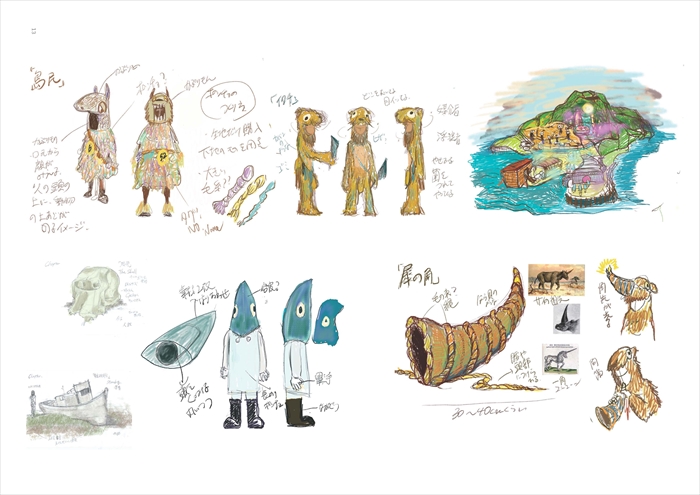
Thinking about your own existence within the project
The start of this project dates back to 2022. Adventure World's park philosophy was "To gaze upon life and continue to question it. A place to discover the beauty of life." This was the time when they began to question society about the future significance of zoos and to consider designs for the "cycle of life." At the time, someone from the facility came to Kinan Art Week 2021, where I was participating as an exhibiting artist, and we visited the facility and discussed the possibility of collaborating to think about zoos. We then launched the "Zoo Future Lab Artist Research Project."
Japan is home to a diverse range of zoos and aquariums, making it a "zoo powerhouse." JAZA (Japan Association of Zoos and Aquariums) defines its roles as "species conservation," "education and environmental education," "research and study," and "recreation," all of which are crucial pillars of zoos and aquariums' function as museums. Meanwhile, with growing social interest in animal protection and welfare, it seems time for Japanese zoos, which have traditionally focused on entertainment, to reexamine their mission and status as facilities. Therefore, by researching Adventure World, we decided to explore the ecosystems and coexistence within zoos and consider what we could create: "A place where we gaze upon life, question it, and discover the beauty of life."
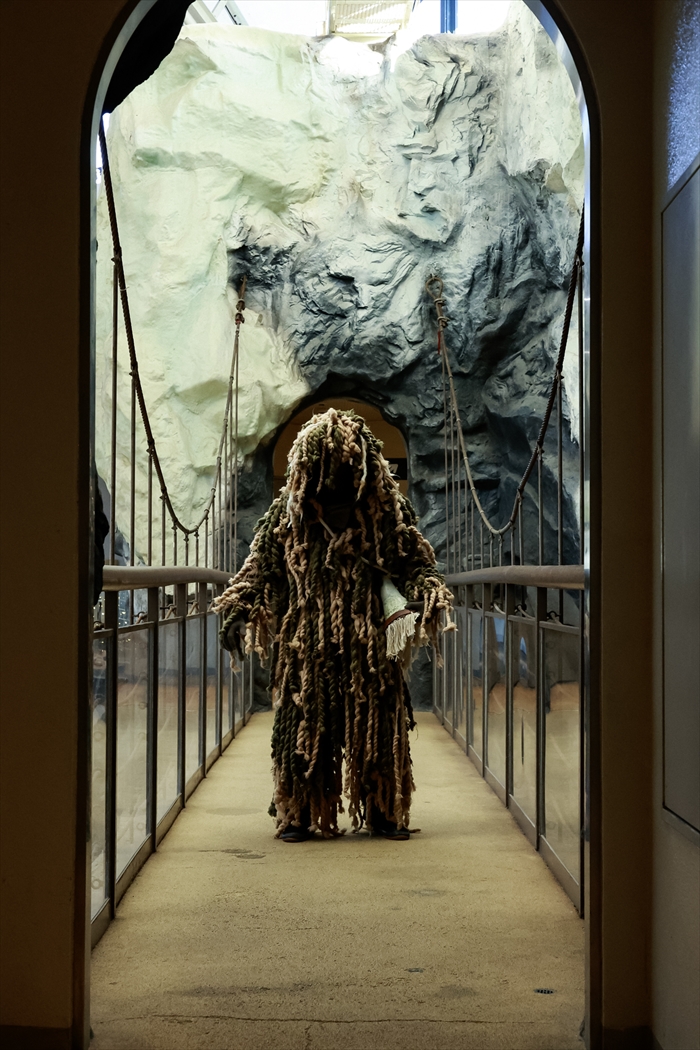
Photo: Manabu Shimoda
-

-
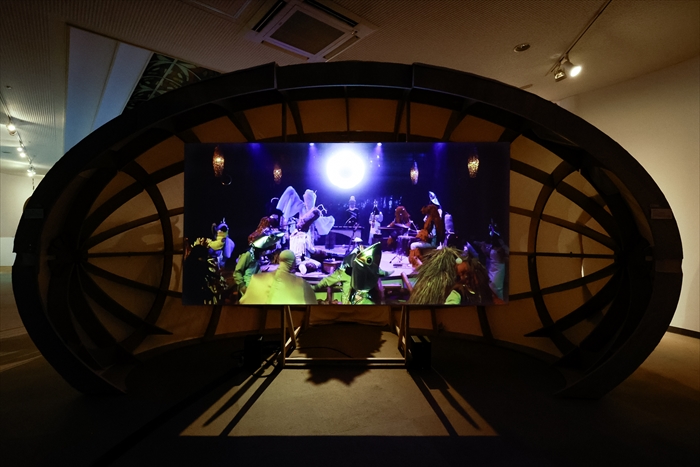
Photo: Manabu Shimoda
In the first year, we researched the environment surrounding the people who work at the zoo. We interviewed 36 staff members who work at the facility and asked them about their work, the challenges they face, and their ideal vision for the zoo. We also held discussions between zookeepers who are close to the animals, exploring the sense of distance between individuals and the animals.
After much research, I came up with the idea for a story called "Awai Island," which sets Adventure World as a fictional island. Wakayama, where the facility is located, is a place rich in nature, surrounded by the Pacific Ocean and the Kumano Mountains. I was interested in the boundary between nature and sacred places, and I wanted to express this ambiguous "border" that can be described as both natural and artificial at the zoo.
In my second year, I began creating wordless videos to encourage people to think about zoos from multiple perspectives through the story of "Border Island." The videos depict the ecosystem of the fictional "Border Island," depicting the interactions between the creatures that live and work there, the creatures that are prey, and the creatures from outside the island that cross its boundaries. None of the zoo's animals appear in the videos; all animal roles are played by people (including facility staff). For this film, the participants wore costumes they'd never made before, and filming took place at various locations within Adventure World. Ultimately, the videos and the project's archives were exhibited. While it's certainly impossible to fully describe the current state of all zoos, including the vivid situations and conflicts that arise when animals and humans coexist, I hope that my work will inspire people to think about the future.
Far away from the immediate "dialogue"
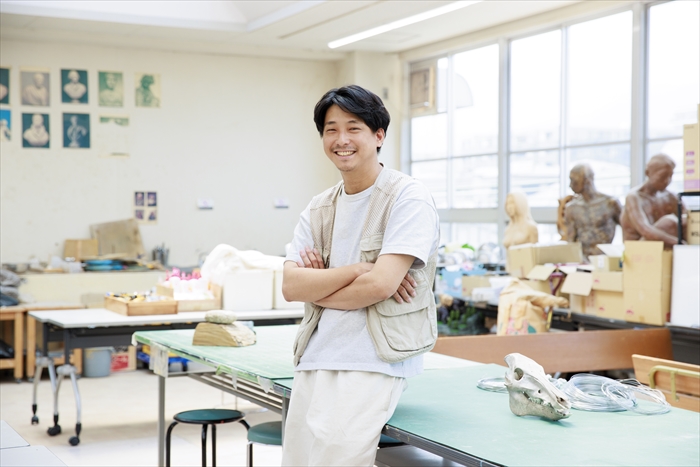
I believe that where there is "art," there is time to share with others things that are not so clear-cut. I think it is very enriching to be able to think about and express such things. As with my current project, I sometimes have the opportunity to present my work in my hometown. It can be difficult and embarrassing to explain my work to people in my hometown. My parents, grandfather, elementary school teacher, rebellious friend, the man at the clothing store, junior club members... Rather than not telling them because they say, "I don't really understand," I want to create time for them to say, "I don't really understand, but I've thought about it a lot." I think that might be my own version of "dialogue." Lately, I've started discussing my work with my mother (laughs).
I don't expect my activities to be accepted by everyone. This was my first time working on a long-term project with a company and creating a work, and I feel that this constant "difference" has resulted in a good "dialogue." I have mainly created works for myself, but it was a discovery to be able to feel the joy and conflict of creating for "someone." Recently, I have also been given the opportunity to work as a performer and director on stage. I don't limit myself to a specific genre of work, but what I have in common is that my body is there, and I am communicating with a variety of people and places. Perhaps it is in this process that I can see the "relationship and distance between nature and people."
I am planning a solo exhibition in Hiroshima in 2025. I am currently visiting the Otagawa River in Hiroshima to create new works. I would like to take a step back and observe the structure of my own activities up to now, and enjoy it.
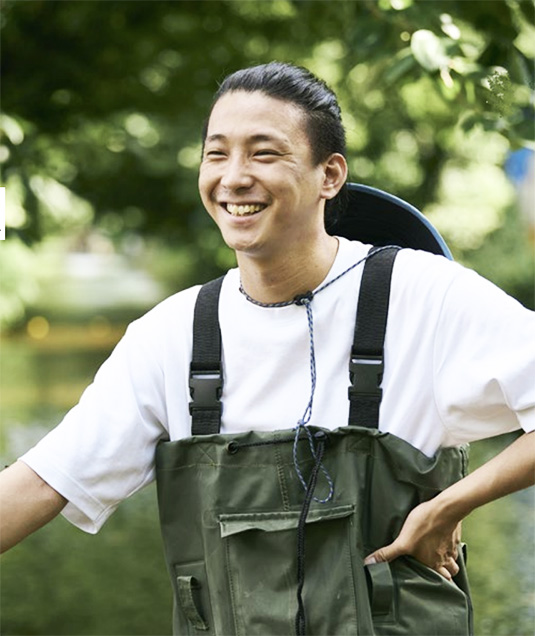
Author
Kohei Maeda MAEDA Kohei
Faculty of Architecture & Arts
Lecturer
Research Field
Arts and Expression
Research Topics
Contemporary art Installation performance


